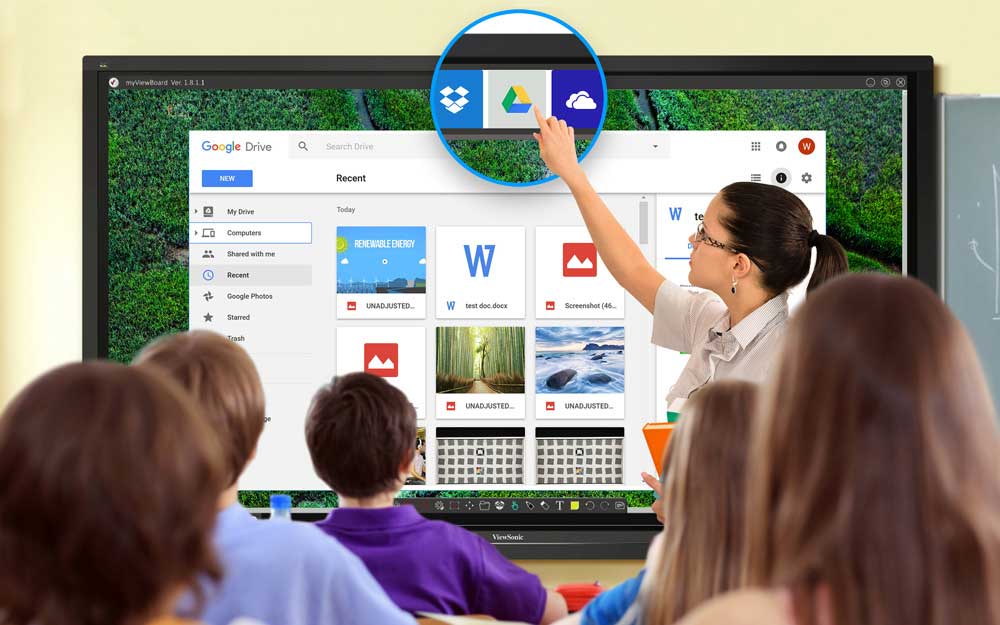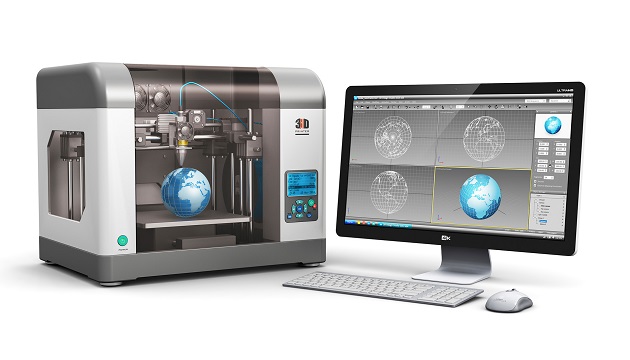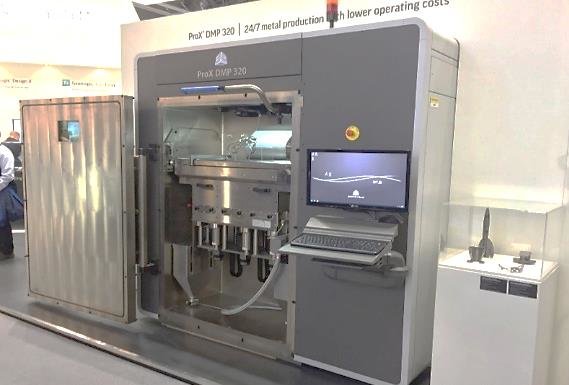The advantages of touch screens are thought to advertise motor skills and increase the visual digital understanding experience. Information and also interaction innovation develop so quickly. Some industries in the society are asking to capture it up, fretted about being left. The COVID-19 pandemic exposes us all. This reveals our humiliating pedigree. Despite our education and learning system, we were still captured off guard, almost ravaged in regards to ICT knowledge and readiness.
The new normal of education heads us to hold the technologically-advanced environment to assist the system continue functioning. Touch display screen advantages aid pupils and educators enhance their inspiration and learning.

Benefits of Touch Screen Monitor Melbourne
Enhances Knowing Process Management
Touch displays advantages vary from effective partnership to interactive meetings with pupils. The technology offers an avenue to function and is involved with different finding out techniques. It also shares experiences and content quickly as well as instantly.
Discovering components and game software application applications are among the advantages of touch presents to count on. Such interactive applications assist students in assisting in the discovery process. They could also be mounted demonstrations or activity treatments that match both trainees’ and educators’ learning abilities.
Trainees, as well as teachers, could quickly browse as well as draw info from the Net. They could make imaginative ways or do experiments that improve their creative thinking and active understanding approaches
Promotes Learning
Responding provides an extra favorable knowing process, mainly when used efficiently. Doing such would give better discovering experiences making pupils learn more.
Interactive gadgets can be set up for analytical exercises and supply responses quickly. By introducing a touch display in the learning procedure, giving feedback will become simple, on-time, and reliable. It likewise demonstrates to learners the step-by-step procedure of resolving troubles, making them comprehend the subject very well.
By utilizing interactive touch screens, trainees and educators would undoubtedly be able to research the study. They can likewise draw diagrams and review the subject with them quickly– providing timely comments on trainees’ understanding of the different subjects.
Endorses Critical Thinking
Critical thinking abilities are essential abilities for students. They need to have the ability to discover it to stay well-informed about the competition the world can use.
Interactive touch screens help learners develop essential life skills– problem-solving and critical reasoning. These finding out devices allow the discovery of connectedness in acquiring knowledge. These abilities will make them get much more competitive.
Instilling modern technology in the discovering strategies helps students recognize well. Touch presents advantages in the learning procedure; it helps students acquire and also develop social-emotional discovering competencies. Such core proficiency serves in decision-making.
Easy and Fun
A touch screen monitor Melbourne is without a doubt, enjoyable. Such devices easily get attention and also increase discovery involvement.
With detailed guidelines, teachers and pupils will conveniently browse modern technology’s vibrant display screens. As touch-screen stands on lunch counters and civil services are obtaining obvious, they supply a feeling of knowledge and ease.
Both educators and students would find interactive touch presents fun, simple, and efficient in enhancing their discovering experiences.





